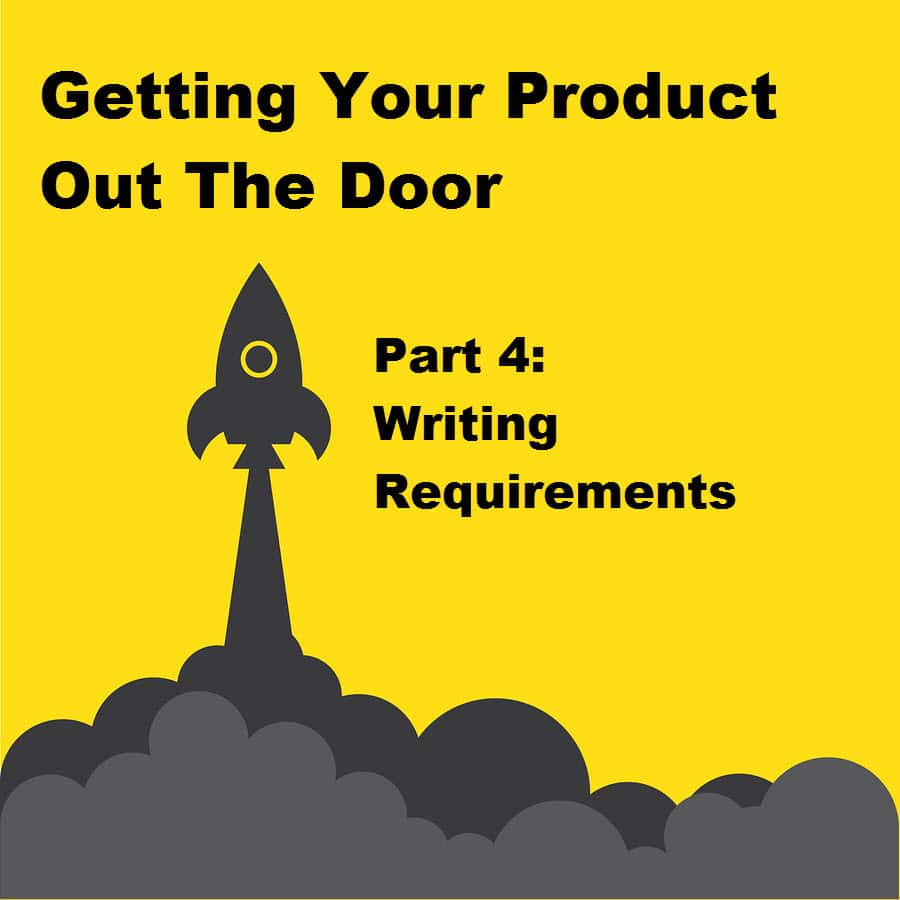
Getting Your Product Out the Door: Writing Requirements
Knowing what your customer wants in a product and getting that vision built are two different things. The bridge between product idea and product delivery is one built with meticulous detail, clear communication and disciplined trade-offs. You understand your role as a product owner and communicate effectively with IT, so what else is necessary? The plan. This is the fourth of six serialized sections of Getting Your Product out the Door: Writing Requirements. It provides of the tools...
HELLO!
This premium article is exclusively reserved for Subscription Insider PRO members.
Want access to premium member-only content like this article? Plus, conference discounts and other benefits? We deliver the information you need, for improved decision-making, skills, and subscription business profitability. Check out these membership options!
Learn more about Subscription Insider PRO memberships!
Already a Subscription Insider PRO Member?
Please Log-In Here!








